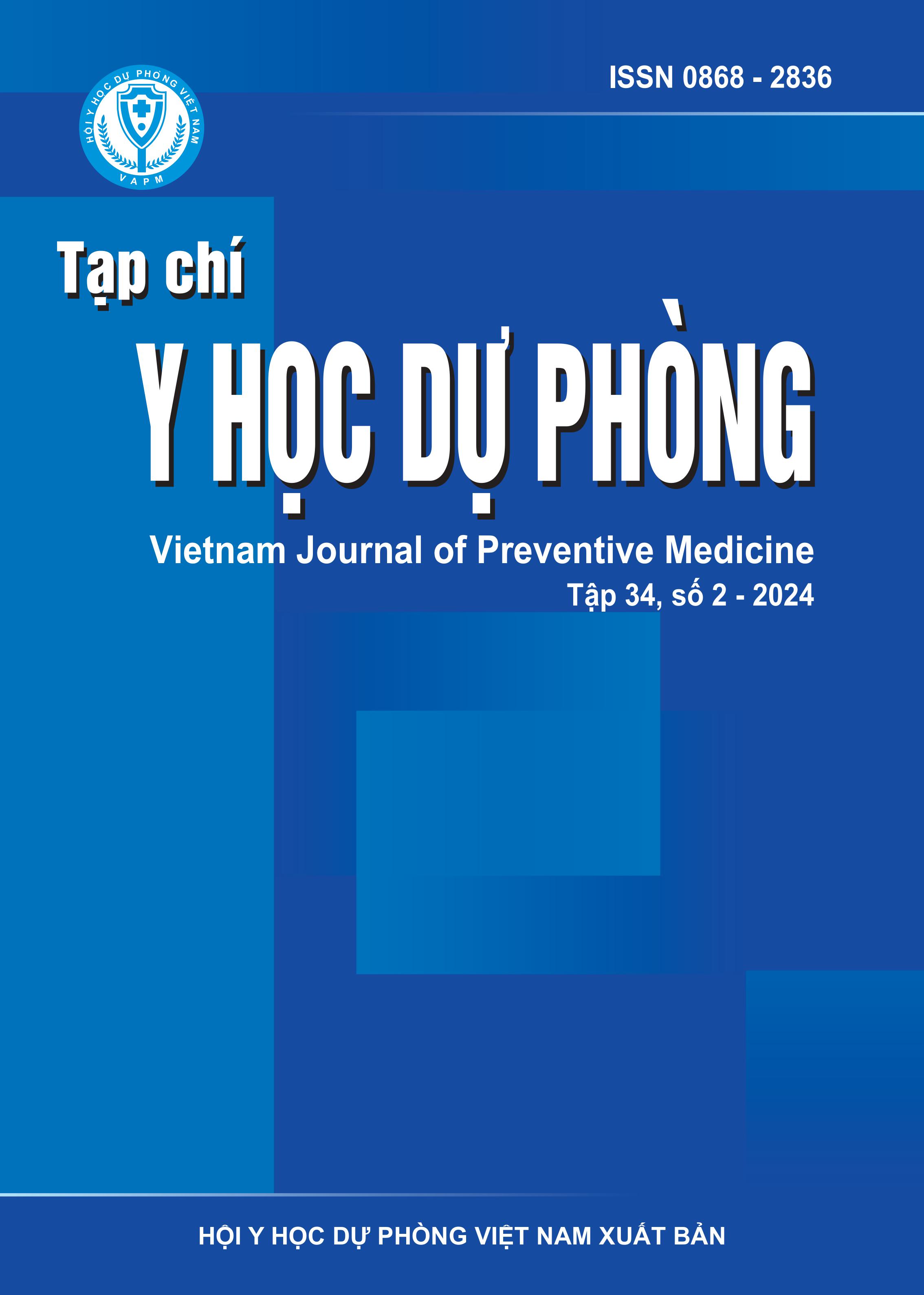The current situation of bacterial strains causing urinary tract infections in inpatients at Military Hospital 175 in 2023
DOI:
https://doi.org/10.51403/0868-2836/2024/1620Keywords:
Urinary tract infection, antibiotic resistance, Military Hospital 175Abstract
The study aimed to describe the current the bacteria isolated from urinary tract infections (UTIs) and to determine their antibiotic resistance. This cross-sectional descriptive study, conducted from May 2023 to August 2023, included 236 patients with positive urine samples. The results showed that Gram-negative bacteria accounted for a high proportion of UTIs, with the most common being Escherichia coli at 44.2%, Klebsiella pneumoniae at 12.3%, Pseudomonas aeruginosa at 10%, and Enterococcus faecalis at 6.2%. The antibiotic resistance levels of the bacteria causing UTIs varied: Escherichia coli showed high resistance to Cefazolin at 100%, Ampicillin at 93.9%, and Ciprofloxacin at 76.5%. Klebsiella pneumoniae exhibited high resistance to Ampicillin and Cefazolin at 100%, Ciprofloxacin at 93.8%, and AmpicillinSulbactam at 90.6%. Pseudomonas aeruginosa had high resistance rates to several antibiotics, with Ciprofloxacin being the highest at 76.9%, followed by Gentamicin at 73.1% and Cefepime at 72%. Enterococcus faecalis showed high resistance to Tetracycline at 81%, moderate resistance to Levofloxacin at 50% and Ciprofloxacin at 35.7%, and no resistance to Fosfomycin, Nitrofurantoin, Daptomycin, and Linezolid. In conclusion, Gram-negative bacteria were the highest causative agents of UTIs, accounting for 88.8%, and the levels of antibiotic resistance among the bacteria varied.
Downloads
Downloads
Published
How to Cite
Issue
Section
License
Publication License No 150/GP-BTTTT signed on May 8, 2014;
Electronic Publication License No 322/GP-BTTTT signed on June 15, 2016.


